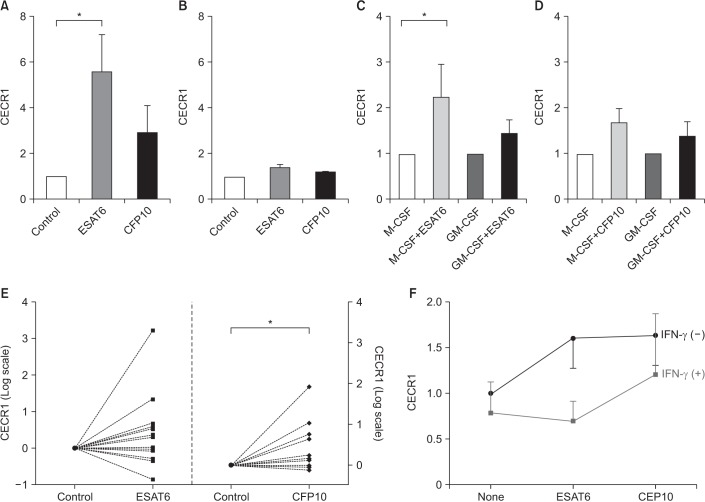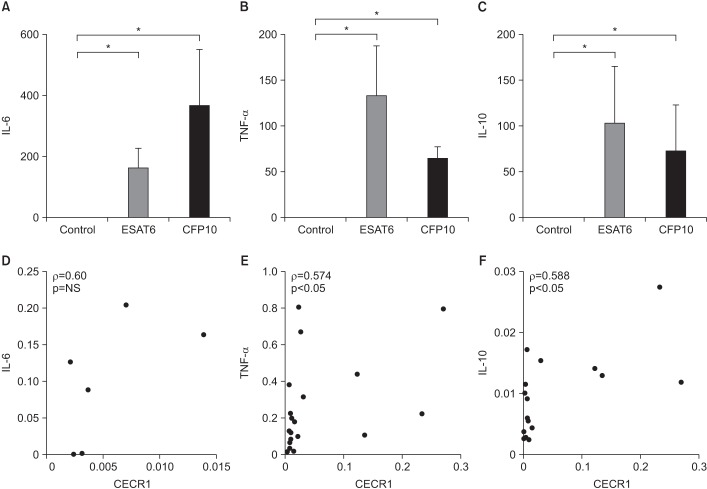1. Light RW. Update on tuberculous pleural effusion. Respirology. 2010; 15:451–458. PMID:
20345583.

2. Jeon D. Tuberculous pleurisy: an update. Tuberc Respir Dis. 2014; 76:153–159.

3. Allen JC, Apicella MA. Experimental pleural effusion as a manifestation of delayed hypersensitivity to tuberculin PPD. J Immunol. 1968; 101:481–487. PMID:
5692098.
4. Leibowitz S, Kennedy L, Lessof MH. The tuberculin reaction in the pleural cavity and its suppression by antilymphocyte serum. Br J Exp Pathol. 1973; 54:152–162. PMID:
4700698.
5. Yamamoto S, Dunn CJ, Willoughby DA. Studies on delayed hypersensitivity pleural exudates in guinea-pigs. II. The interrelationship of monocytic and lymphocytic cells with respect to migration activity. Immunology. 1976; 30:513–519. PMID:
131780.
6. Lee JY. Diagnosis and treatment of extrapulmonary tuberculosis. Tuberc Respir Dis. 2015; 78:47–55.

7. Gakis C. Adenosine deaminase (ADA) isoenzymes ADA1 and ADA2: diagnostic and biological role. Eur Respir J. 1996; 9:632–633. PMID:
8726922.

8. Kashyap RS, Deshpande PS, Nayak AR, Purohit HJ, Taori GM, Daginawala HF. Adenosine deaminase activity in the supernatant of monocytes infected with Mycobacterium tuberculosis. Int J Integr Biol. 2007; 1:61–64.
9. Kim CH, Lee J, Lee J, Cliff JM, Toulza F, Smith S, et al. Mycobacterial load affects adenosine deaminase 2 levels of tuberculous pleural effusion. J Infect. 2015; 71:488–491. PMID:
26049138.

10. Hasan Z, Jamil B, Ashraf M, Islam M, Dojki M, Irfan M, et al. Differential live
Mycobacterium tuberculosis-, M. bovis BCG-, recombinant ESAT6-, and culture filtrate protein 10-induced immunity in tuberculosis. Clin Vaccine Immunol. 2009; 16:991–998. PMID:
19439524.
11. Hasan Z, Schlax C, Kuhn L, Lefkovits I, Young D, Thole J, et al. Isolation and characterization of the mycobacterial phagosome: segregation from the endosomal/lysosomal pathway. Mol Microbiol. 1997; 24:545–553. PMID:
9179848.

12. Wongtim S, Silachamroon U, Ruxrungtham K, Udompanich V, Limthongkul S, Charoenlap P, et al. Interferon gamma for diagnosing tuberculous pleural effusions. Thorax. 1999; 54:921–924. PMID:
10491456.

13. Piras MA, Gakis C, Budroni M, Andreoni G. Adenosine deaminase activity in pleural effusions: an aid to differential diagnosis. Br Med J. 1978; 2:1751–1752.

14. Gakis C, Calia G, Naitana A, Pirino D, Serru G. Serum adenosine deaminase activity in HIV positive subjects: a hypothesis on the significance of ADA2. Panminerva Med. 1989; 31:107–113. PMID:
2689968.
15. Gakis C, Cappio-Borlino A, Pulina G. Enzymes (isoenzyme system) as homeostatic mechanisms the isoenzyme (ADA2) of adenosine deaminase of human monocytes-macrophages as a regulator of the 2’deoxyadenosine. Biochem Mol Biol Int. 1998; 46:487–494. PMID:
9818088.

16. Tay TR, Tee A. Factors affecting pleural fluid adenosine deaminase level and the implication on the diagnosis of tuberculous pleural effusion: a retrospective cohort study. BMC Infect Dis. 2013; 13:546. PMID:
24238276.

17. Lee SJ, Kim HS, Lee SH, Lee TW, Lee HR, Cho YJ, et al. Factors influencing pleural adenosine deaminase level in patients with tuberculous pleurisy. Am J Med Sci. 2014; 348:362–365. PMID:
24762755.

18. Zavialov AV, Gracia E, Glaichenhaus N, Franco R, Lauvau G. Human adenosine deaminase 2 induces differentiation of monocytes into macrophages and stimulates proliferation of T helper cells and macrophages. J Leukoc Biol. 2010; 88:279–290. PMID:
20453107.

19. Lugo-Villarino G, Verollet C, Maridonneau-Parini I, Neyrolles O. Macrophage polarization: convergence point targeted by
Mycobacterium tuberculosis and HIV. Front Immunol. 2011; 2:43. PMID:
22566833.

20. Verreck FA, de Boer T, Langenberg DM, Hoeve MA, Kramer M, Vaisberg E, et al. Human IL-23-producing type 1 macrophages promote but IL-10-producing type 2 macrophages subvert immunity to (myco)bacteria. Proc Natl Acad Sci U S A. 2004; 101:4560–4565. PMID:
15070757.







 PDF
PDF ePub
ePub Citation
Citation Print
Print


 XML Download
XML Download